Boutique living space in Makati with the friendliest price tag in the city
Stay in budget suites with friends or family without compromising comfort and quality.
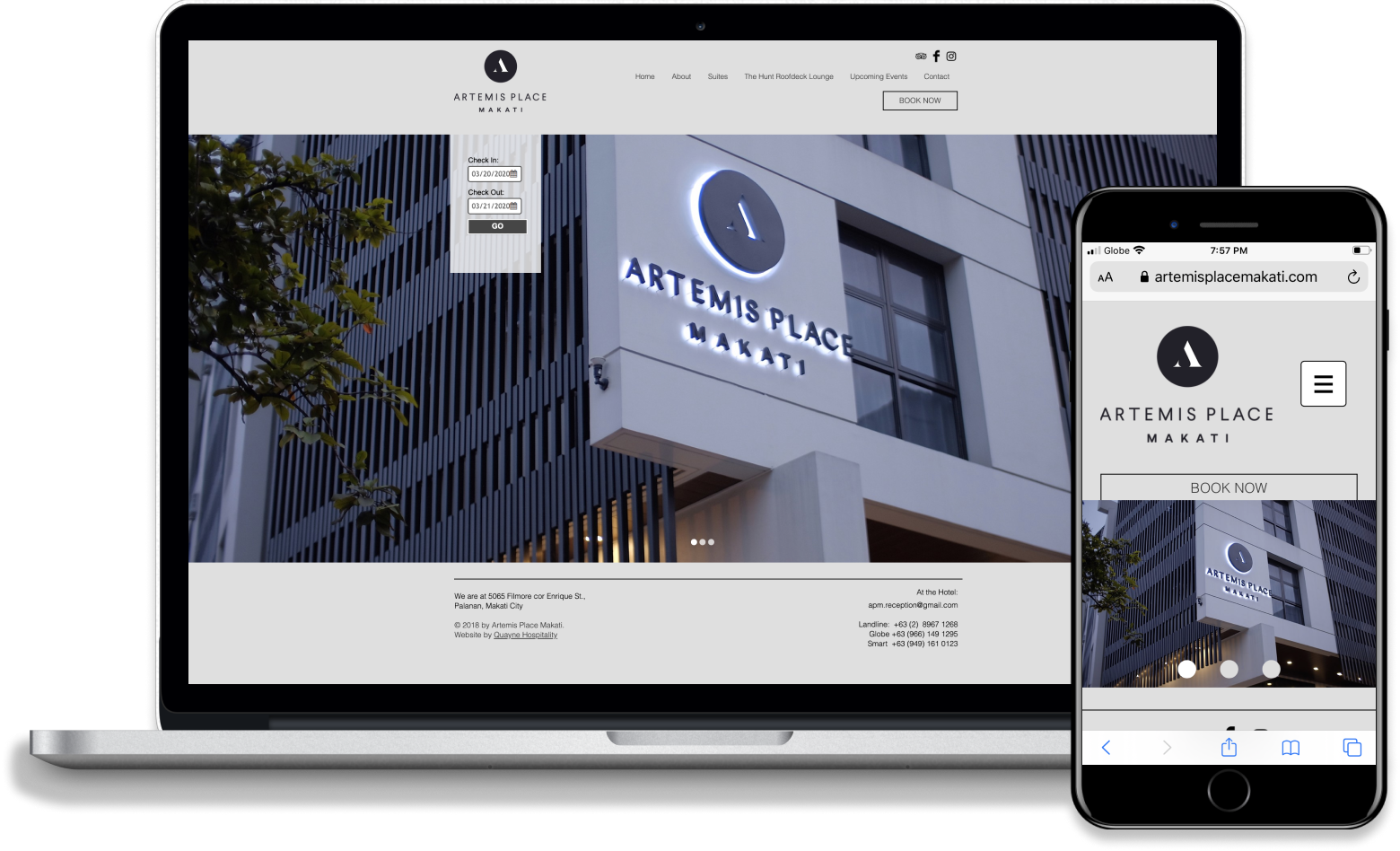

UX/UI Design & Mobile Prototyping
Product Strategy & Business Analysis
UX Research & Strategic Design
App Planning & User Analysis
OVERVIEW
Artemis Place Makati Hotel is a 5-story budget boutique hotel for local and international travelers in Makati City, Metro Manila, the Philippines’ prime business and financial district.
For the past 5 years, I’ve been fortunate to partake in the research and development of a budget boutique hospitality project from concept to ground-up development to market launch and project delivery, working cross-functionally with various stakeholders, top management, hotel consultants, architects, designers, engineers, and technical leads to identify product specifications, visual brand, cost estimates, user stories, release plans, and technical requirements leading to a successful product rollout. With skills honed through years of working in diverse industries and varied projects, I utilized various tools in research, design, finance, technology, and management to speed up on new initiatives, topics, and priorities.
Initially, the project was intended for a mixed-use, multifamily rental residential project. Various scenarios and exit strategies (i.e. Sell vs. Operate) were explored. Comparative yield based studies based on the usage of the building were examined. After careful review of the user needs, market opportunities, strategic product options, risks vs. rewards, and overall financial analysis, the Owner was convinced to pivot the project into a boutique urban hotel. This would yield a better financial return and faster Return on Capital (ROC) period.
The project was successfully launched in January 2018.
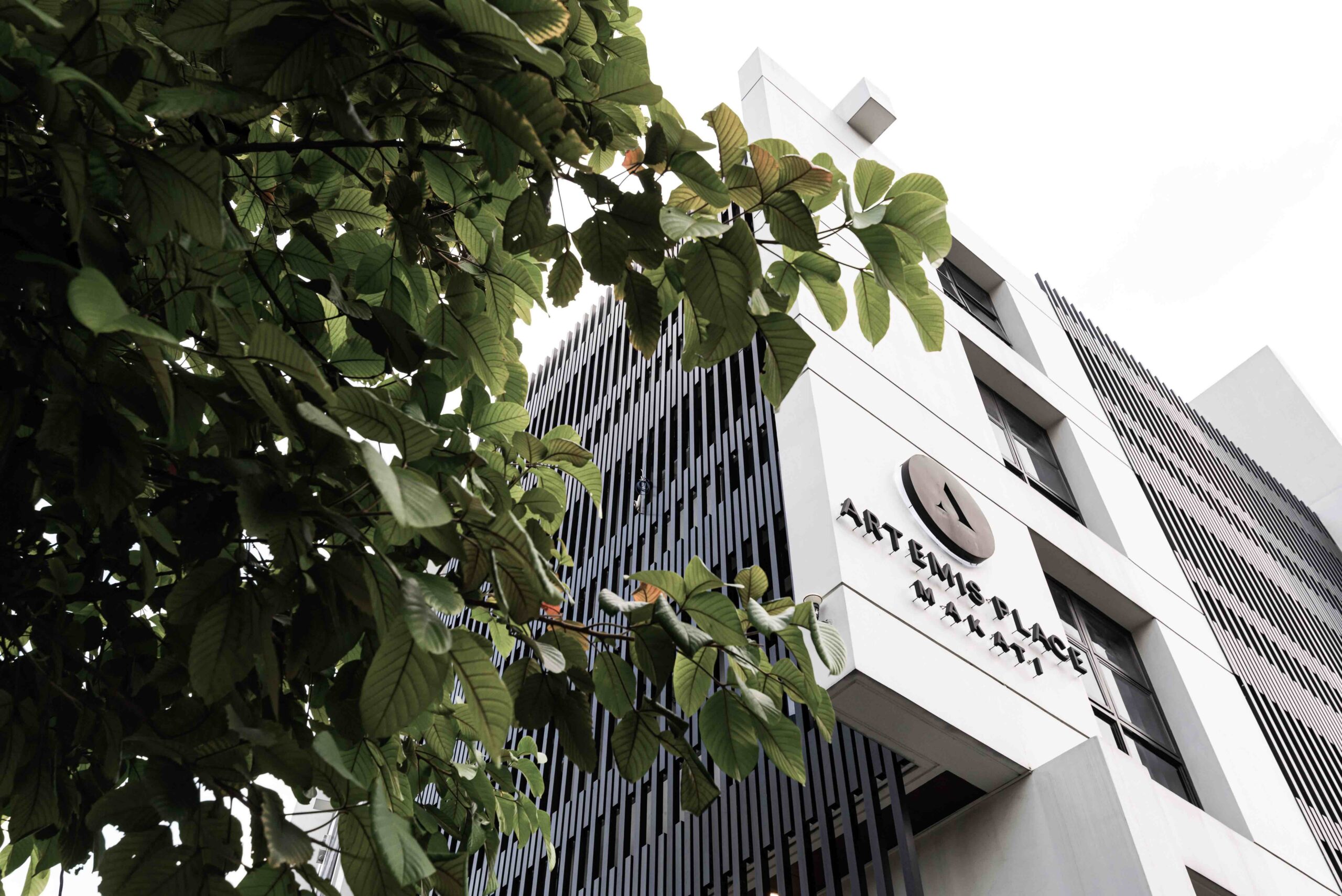
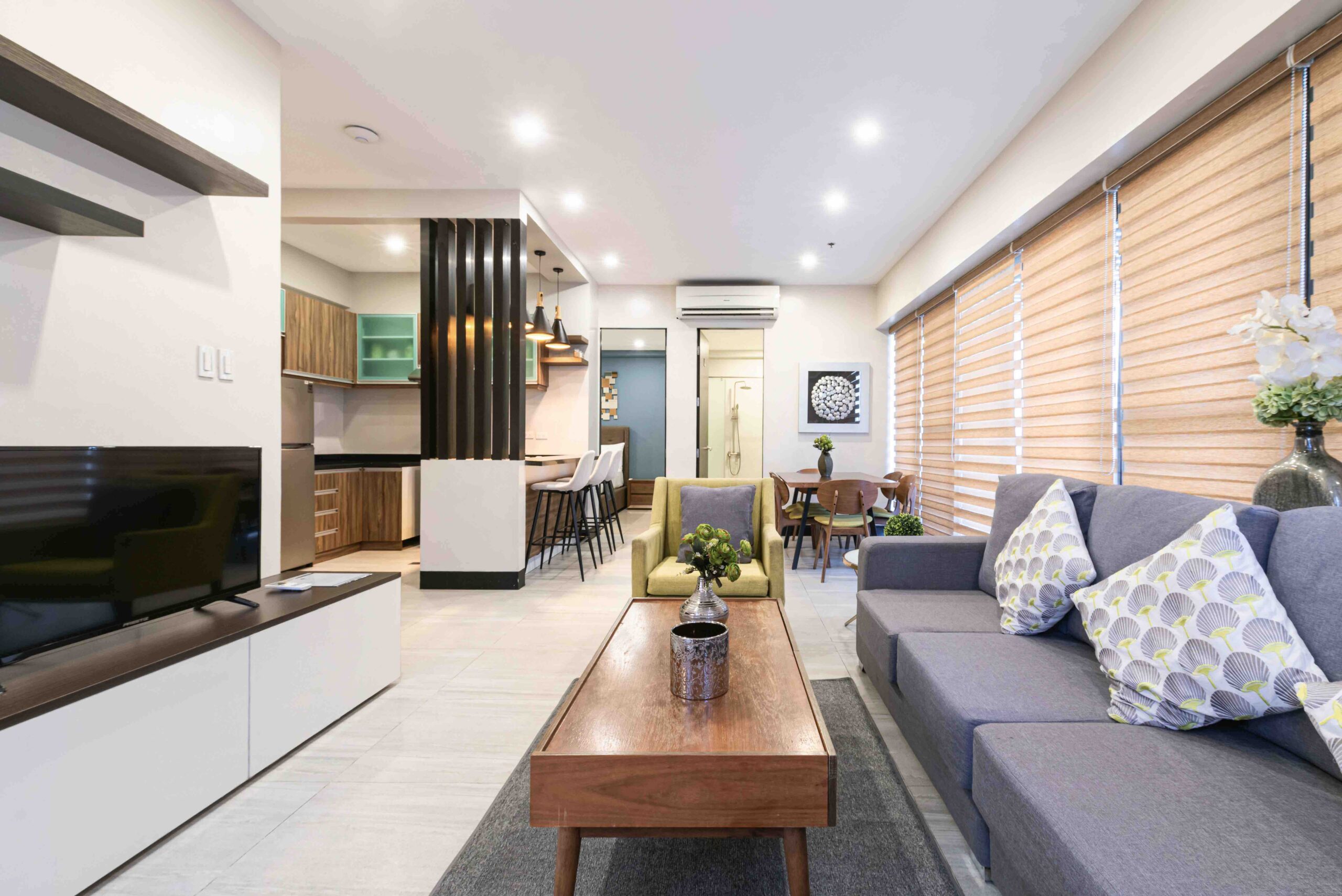
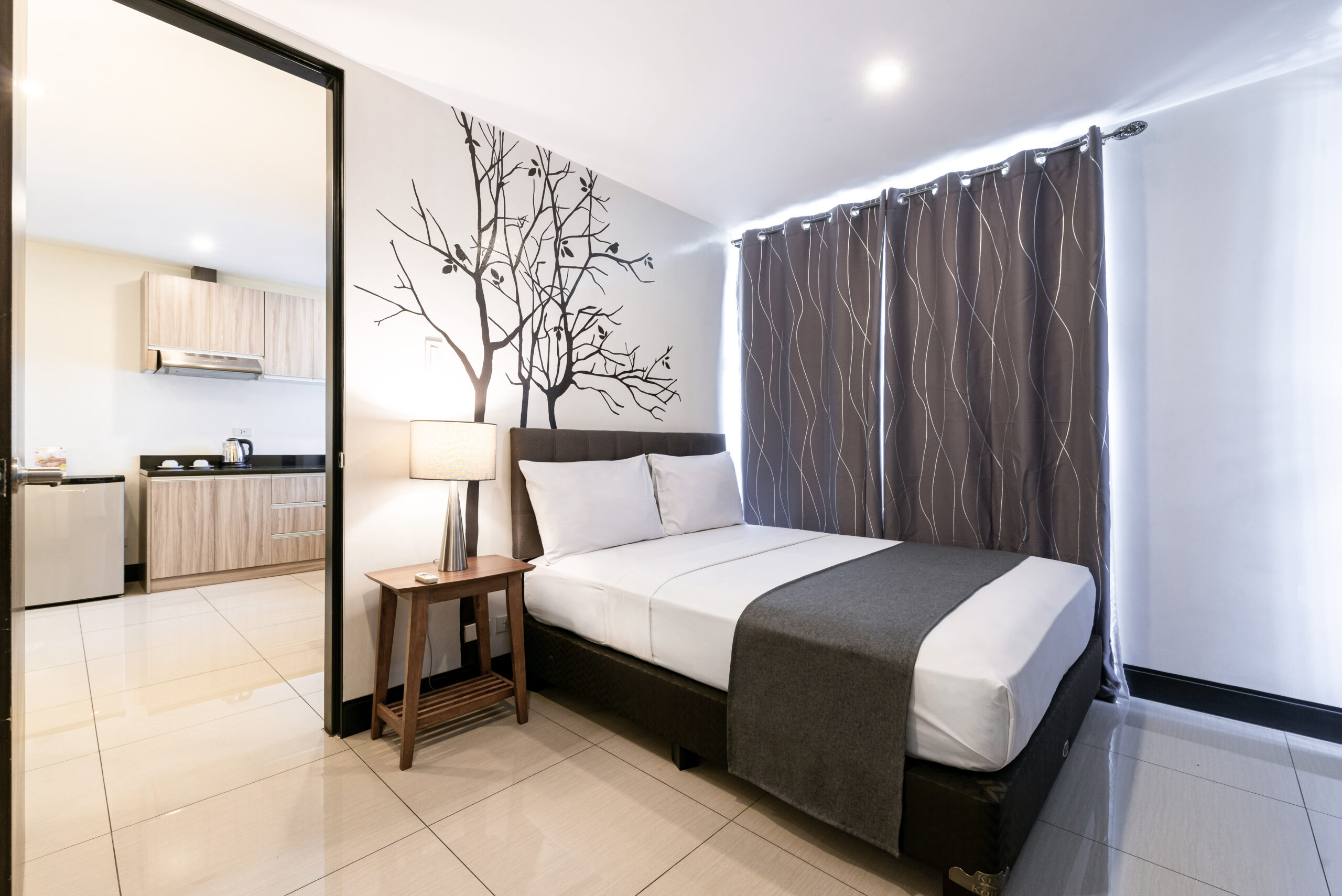
THE CHALLENGE
For the initial customer acquisition and product strategy, Artemis relied mainly on Online Travel Agents (OTAs) such as Booking.com, Agoda.com, Hotels.com, Airbnb, Tripadvisor. With the use of Cloudbeds.com, an omnichannel marketing software, Artemis immediately gained traction from 0 to 70%-85% occupancy level.
During the launch, Artemis Place developed a simple responsive website with an integrated hotel reservation system. After one year, most bookings are coursed through Online Travel Agents (OTAs). With direct room reservations on its website, the hotel can save 15%-20% OTAs commission. For this reason, the Owner wanted to redesign the website to provide a better user experience and grow direct bookings.
WHAT I DID
UX Designer | UX Researcher | Product Strategist | Product Designer
I orchestrated the research and development of a budget boutique hospitality project from concept to ground-up development to market launch and project delivery. I directed the teams and worked cross-functionally with various stakeholders, top management, hotel consultants, architects, designers, engineers, and technical leads. We developed product specifications, visual brand, cost estimates, user stories, release plans, and technical requirements, leading to a successful product rollout.
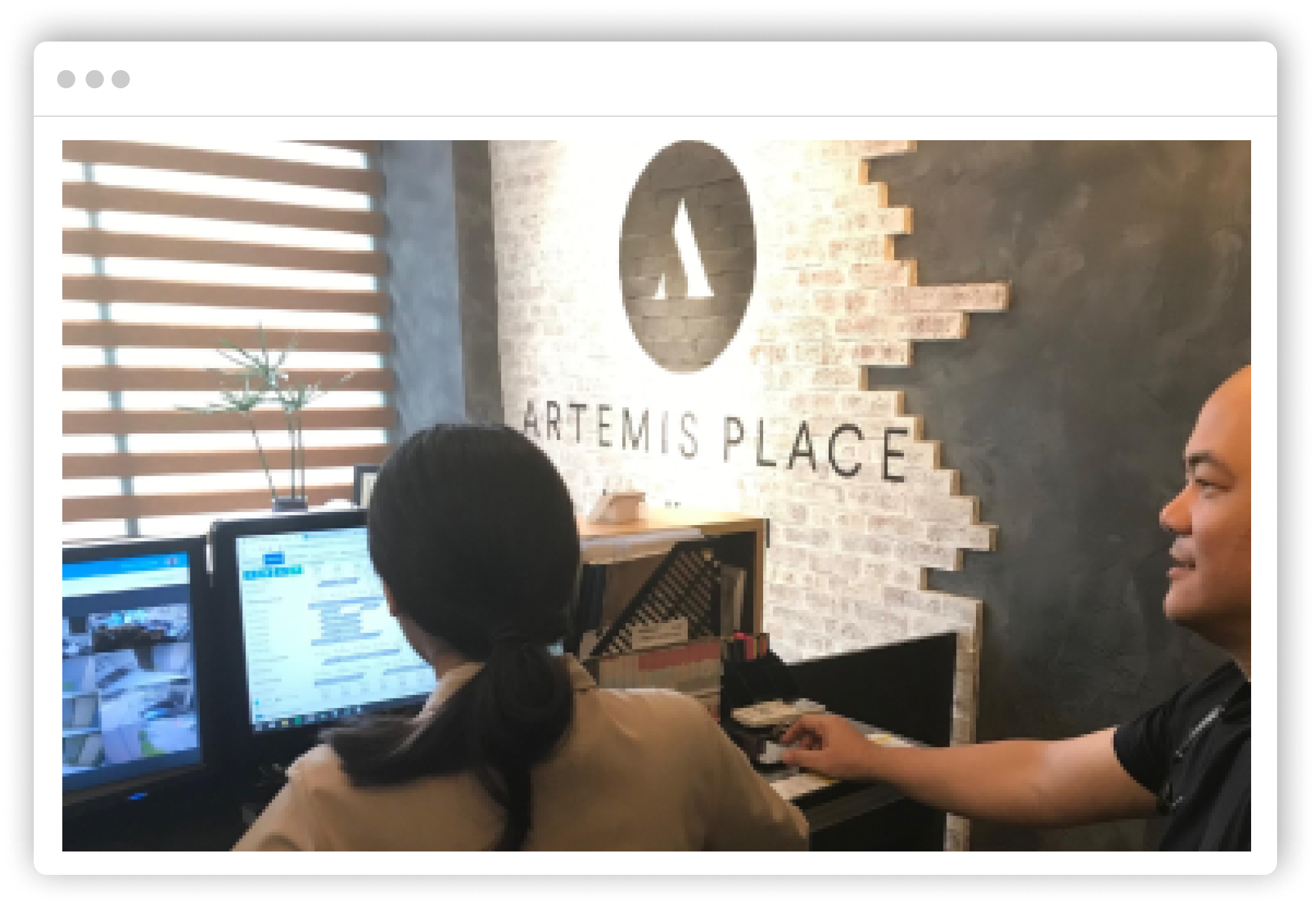
Qualitative UX Research
KEY CONTRIBUTIONS:
• Directed qualitative and quantitative UXresearch studies, conducted various stakeholder interviews, conceptualized product transition and asset strategy, developed business and financial model.
• Developed branding, naming, design strategy, roadmap, design systems, and product launch.
• Identified the most suitable technology infrastructure and omnichannel marketing platform/CRM for OTAs (Online Travel Agents).
• Deployed various tools in research, design, finance, technology, and management to get up to speed on new initiatives, topics, and priorities.
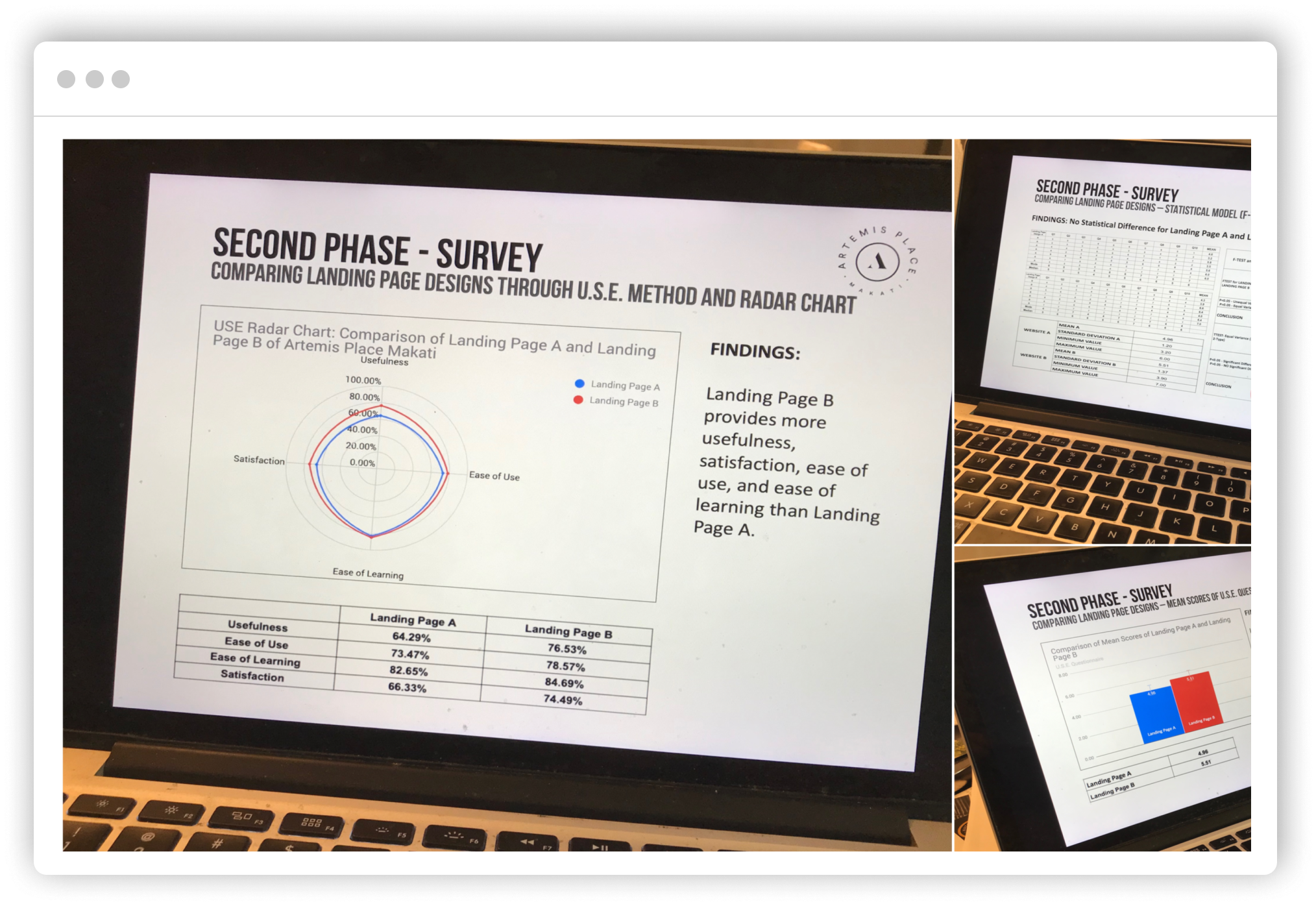
Quantitative UX Research
RESEARCH GOAL
The research aims were to improve the Artemis landing page’s user experience to enable growth in direct bookings and increase conversion rates.
UX RESEARCH AND UX DESIGN ASSETS
I conducted both qualitative and quantitative UX research utilizing various UX methods such as usability testing, contextual inquiry, user interviews, user surveys, ethnographic analysis, user journeys, literature reviews, competitive analysis, statistical testing, F-Tests, T-Tests, Anova, System Usability Scale, mean, mode, median, standard deviation, min/max, radar chart visualization, and financial analysis.

THE UX RESEARCH APPROACH
UX Strategy and UX Research Plan
I prepared a research plan that defined the goals, problem statement, research questions, and methodology. Then, I recruited the participants, screened them, and identified the venue. I wrote a script for the interview, usability testing, survey, and contextual inquiry. For this UX research, the research plan was structured into Qualitative and Quantitative Research Methods.
Understanding the User through Qualitative UX Research
I utilized in-person usability tests to assess how users interact with the website. I performed user interviews to understand user motivations, purchasing decisions, and most utilized hotel search tools. I conducted a qualitative survey and contextual inquiry to understand booking preferences and satisfaction criteria.
Visualizing the Findings and Recommendation:
Based on the initial research, I created a wireframe and summarized the key points in a presentation highlighting the user’s needs, pain points, preferences, and motivations in decision making. I visualized them into a landing page prototype that can be compared with the current website.
Understanding the User through Quantitative UX Research
I conducted a quantitative analysis to determine the level of difference between the two designs. To validate the previous findings, I utilized various research tools such as A/B testing, user interview, and survey, statistical tools, F-Test, T-Test, U.S.E. Method, System Usability Scale (S.U.S.), Mean, Mode, Median, Standard Deviation, Min/Max, Radar Chart Visualization.
KEY TOOLS
I utilized survey and statistical tools such as survey monkey, google forms, and excel. Sketch, Figma, and Principle softwares were used to develop the wireframe and visual prototype.
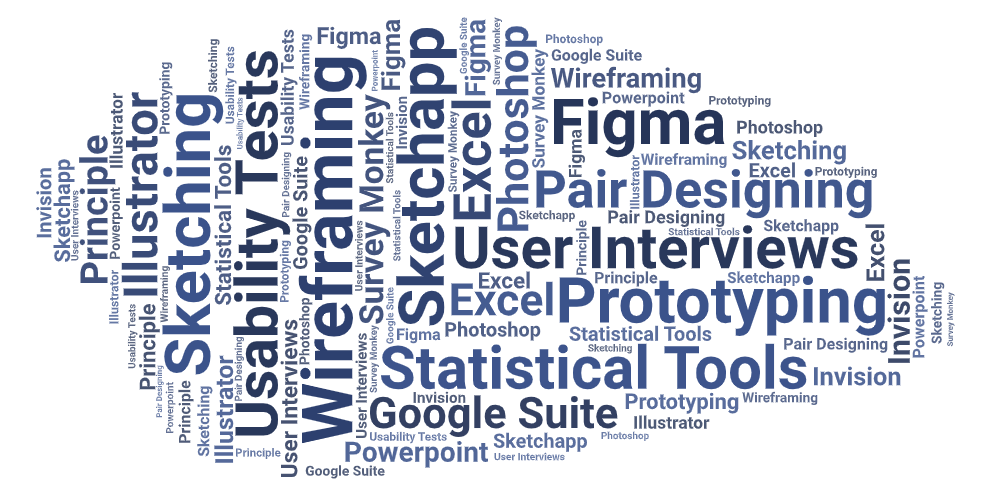
QUALITATIVE UX RESEARCH TAKEAWAYS
Usability Issues:
After conducting the usability tests, user interviews, and survey, the findings revealed significant usability issues concerning navigation, image transition, currency, and call-to-action buttons, which were outlined in the report.
Purchasing Decision Influencers:
The leading influencers are price, location, reviews. To build more trust and confidence, there is a need for more images, infographics, and more relevant information on the landing page about the place, people, city, etc.
Highlight Reviews:
Third-party reviews and referrals or word-of-mouth are top influencers.
KEY LEARNINGS
THE QUANTITATIVE UX RESEARCH
THE A/B TESTING INTERVIEW
The A/B Test interview compared the proposed landing page with the current website. Overall, the participants liked the proposed landing page with the new contents, footer, rating section, guest reviews, location map, call-to-action buttons, and more images/information about the areas and neighborhood.
THE UX IMPACT
Research contributed tremendously in translating user and business needs into new business and product diversification opportunities, market and product differentiation features, pricing and promotion strategies leading to a 300% increase in financial yield, a 145% increase in occupancy rate, and positive online reviews. The hotel received positive third-party online reviews from guests and OTAs. Currently, Booking.com has cited the project as “One of our best sellers and top picks!”.
Postlaunch measurement tools included Cloudbeds Analytics, Online Travel Agent’s (OTAs) Reviews, Average Occupancy Rate (OCC), Average Daily Rate (ADR), Revenue per Available Room (RevPAR), Market Penetration Index (MPI), Average Length of Stay (ALOS). To further improve the website design and functionality, I recommended to conduct future research on regional travelers and returning guests.
LANDING PAGE VISUALIZATION
Based on UX Research Findings
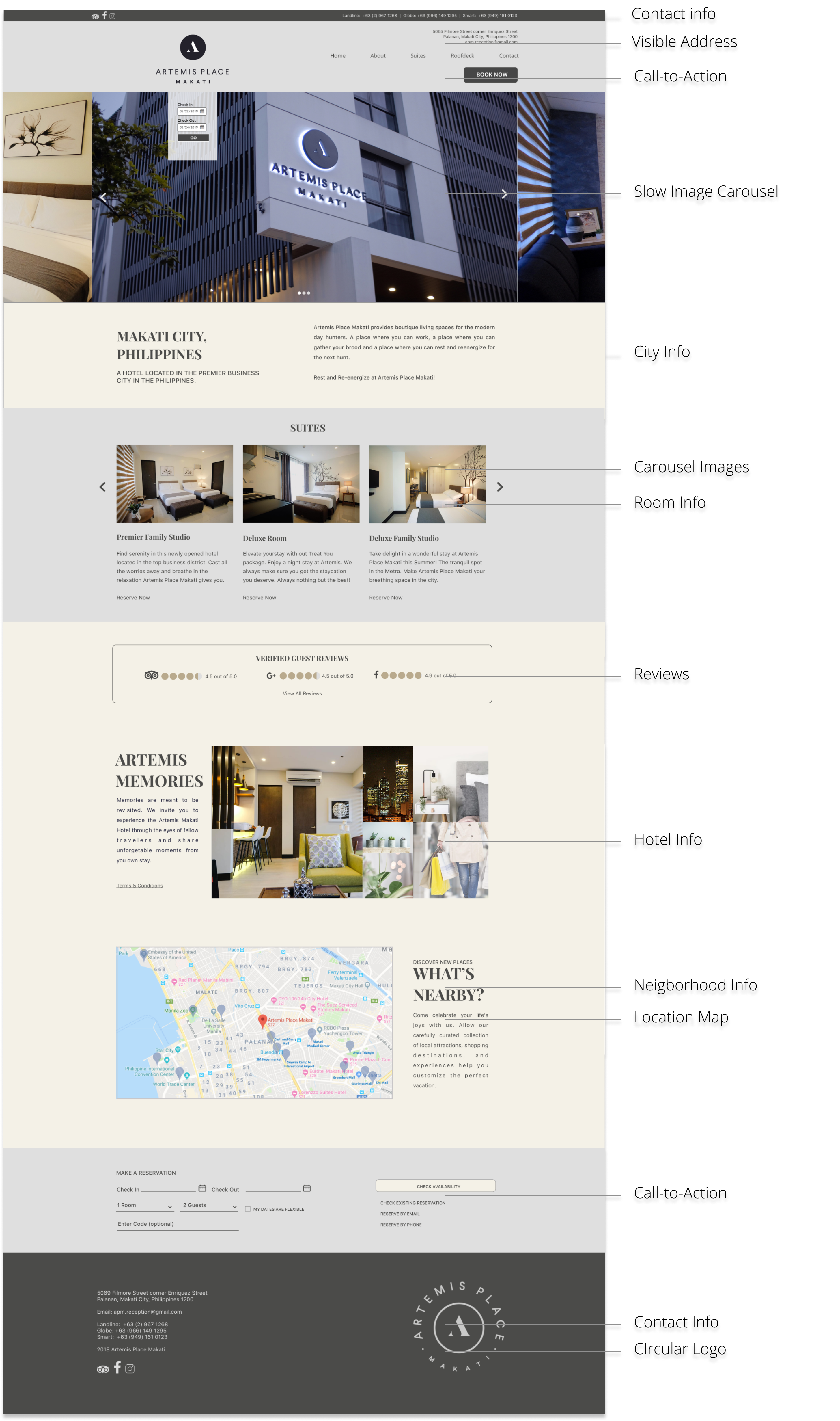
Build. Create. Share.
LET’S COLLABORATE!
Whether you are working on a new startup or an existing product, I'd love to hear from you.
Please feel free to drop a line.
DROP ME A LINE.

